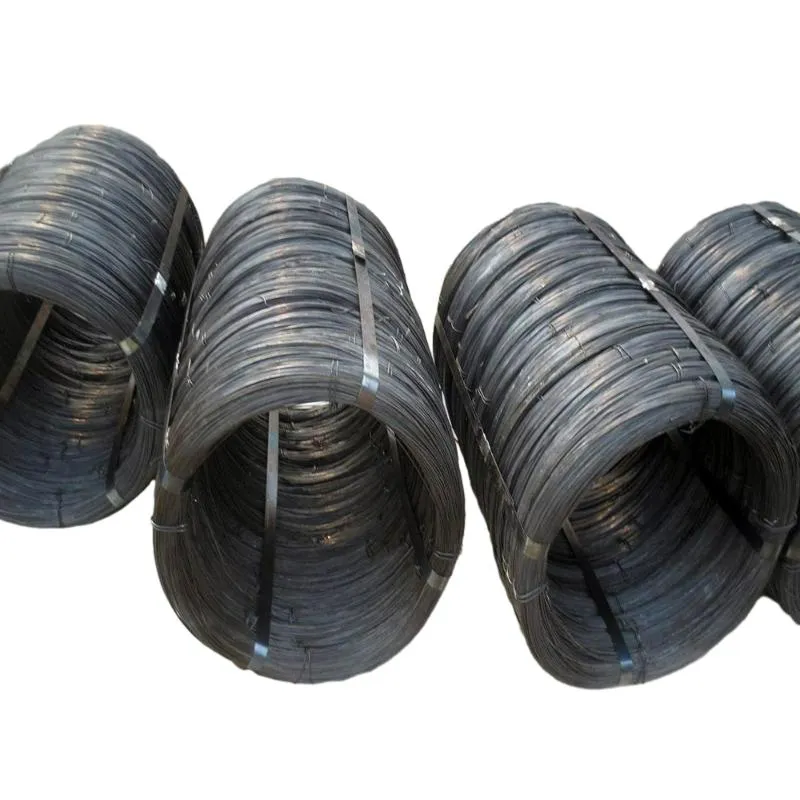
- Mobile Phone
- +8613931874955
- sales@cntcmetal.com
brass compression spring
Understanding Brass Compression Springs
Brass compression springs are essential mechanical components widely used in various industries for their unique properties and advantages. These springs are made from brass, a metal alloy primarily composed of copper and zinc, which confers several beneficial characteristics, making them suitable for specific applications.
Materials and Manufacturing
Brass springs are manufactured using a process known as cold winding, where brass wire is shaped into a coil under room temperature conditions. This method of production is crucial for maintaining the mechanical properties of brass while ensuring the precision of the final product. Brass typically contains about 60% copper and 40% zinc, although the ratios can vary to alter properties like strength and corrosion resistance. The specific alloy chosen can significantly influence the performance and durability of brass compression springs.
Properties of Brass Compression Springs
One of the most appealing properties of brass compression springs is their excellent corrosion resistance. Unlike traditional steel springs, which can rust and corrode when exposed to moisture, brass naturally resists oxidation. This characteristic makes brass springs ideal for applications in humid or corrosive environments, such as in marine equipment, electrical components, and automotive parts.
Brass compression springs also exhibit good fatigue resistance and stability under cyclic loads. They can maintain their operational integrity over extended use, which is crucial for components subjected to repeated compressive forces. The unique elasticity and tensile strength of brass allow the springs to return to their original shape after deformation, ensuring reliability and longevity.
brass compression spring

Applications of Brass Compression Springs
Due to their advantageous properties, brass compression springs find applications across multiple fields. In the automotive industry, they are used in various systems, from suspension assemblies to engine components. Their lightweight nature and resistance to corrosion make them well-suited for vehicles that require efficient performance in various weather conditions.
In electronics, brass compression springs are often used in switches and connectors, where reliable electrical contacts are critical. The non-magnetic property of brass also makes it an ideal choice for applications in sensitive electronic devices, ensuring minimal interference with signal transmission.
Furthermore, brass compression springs are common in household appliances and tools. From the simple mechanisms of door handles to the intricate workings of valve assemblies, the reliability of brass springs plays a vital role in everyday functionality.
Advantages Over Other Materials
Compared to steel, brass compression springs provide improved aesthetics, as their gold-like appearance can enhance product designs without the need for additional plating or finishing. They also weigh less than many steel counterparts, offering design flexibility in applications where weight is a crucial consideration.
In conclusion, brass compression springs are notable for their combination of strength, resilience, and corrosion resistance. Their widespread use across various industries showcases their versatility and reliability. As technology continues to evolve, the demand for materials like brass with unique properties ensures that brass compression springs will remain a fundamental component in mechanical design and engineering for years to come. Whether in automotive applications, electronics, or everyday household items, these springs exemplify the crucial role of material science in modern engineering.
share:
-
Why Sacrificial Formwork Is Redefining Underground ConstructionNewsJun.06,2025
-
The Structural Dynamics of Modern Concrete: How Snake Spacers Revolutionize Flexible ReinforcementNewsJun.06,2025
-
Snake Spacers Smart-Lock Concrete Reinforcement with Surgical PrecisionNewsJun.06,2025
-
Snake Spacers: Reinforcement Precision for Modern Concrete ProjectsNewsJun.06,2025
-
Snake Spacers Powering Concrete's Structural DNANewsJun.06,2025
-
Slither into Success: Snake Spacers' Precision Bite for Unbreakable ReinforcementNewsJun.06,2025
-
Sacrificial Formwork: Building Stronger, Faster, and Safer StructuresNewsJun.06,2025



















